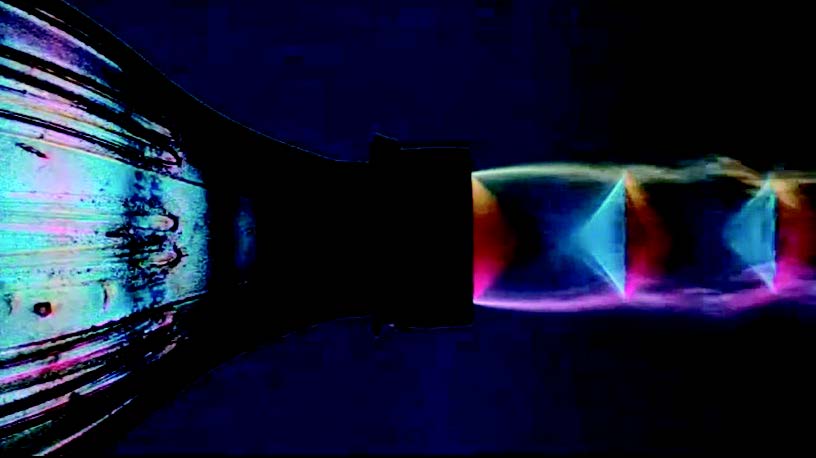Microplastic pollution is widespread in our oceans, but current computational models can’t accurately predict where these particles concentrate, hampering cleanup efforts. As a breakthrough solution, researchers at Technische Universität Wien are using Phantom high-speed cameras to capture how microplastic fibers move in turbulent waters. Their innovative setup — similar to tomographic particle image velocimetry (PIV) — combines six synchronized cameras with laser illumination to track the complex rotational dynamics of these particles.
The results demonstrate fiber spinning/tumbling rates in controlled turbulence (Re = 3000), improving models predicting microplastic transport. This data is poised to revolutionize ocean cleanup efforts by pinpointing where microplastic concentrations are highest. Watch our video to see this important work in action.





